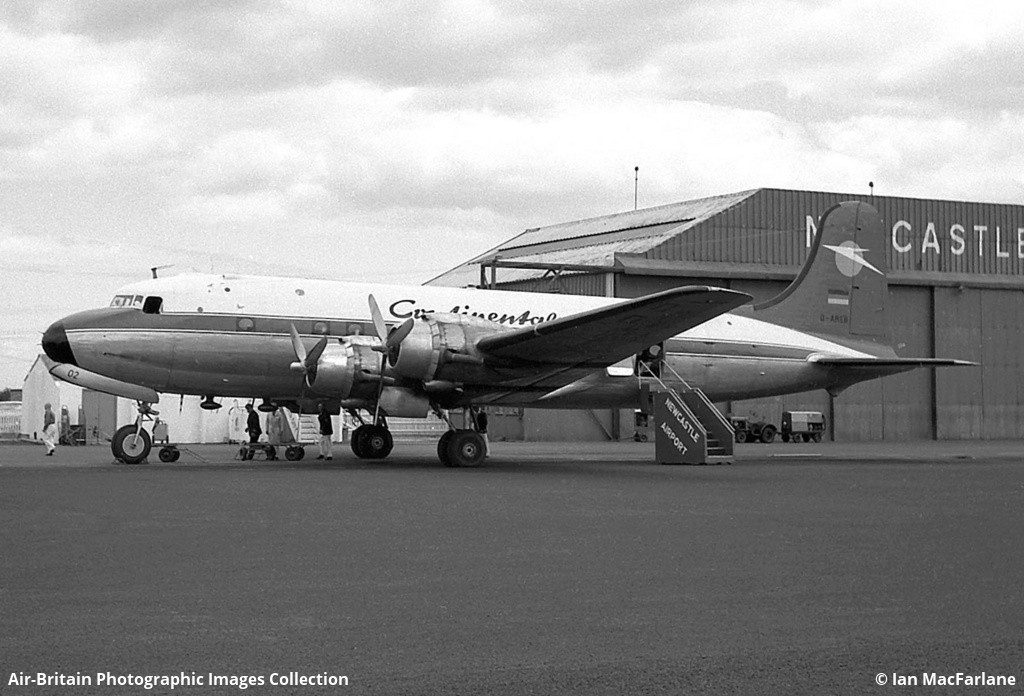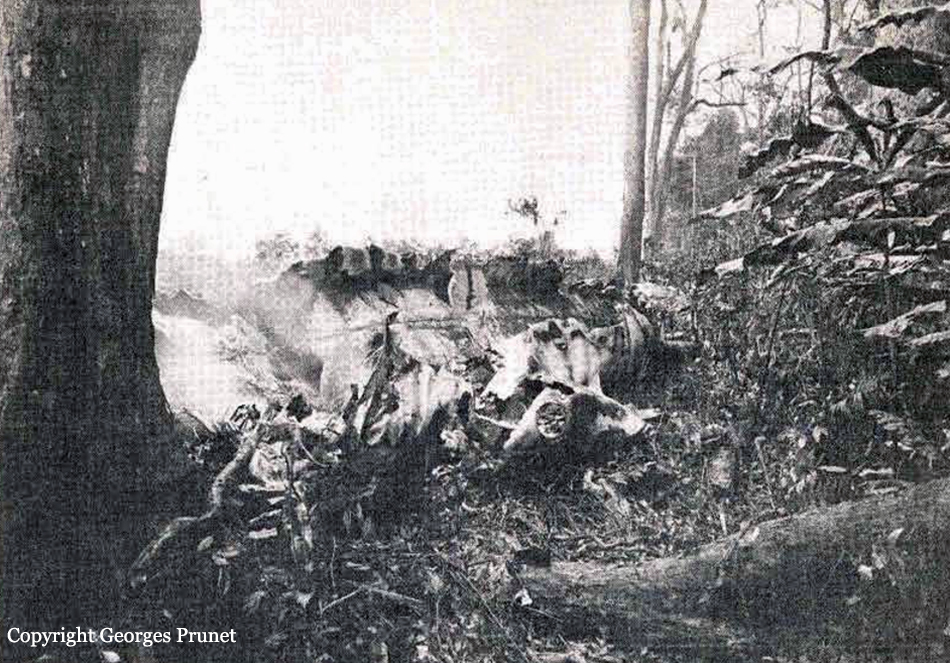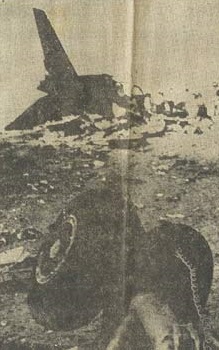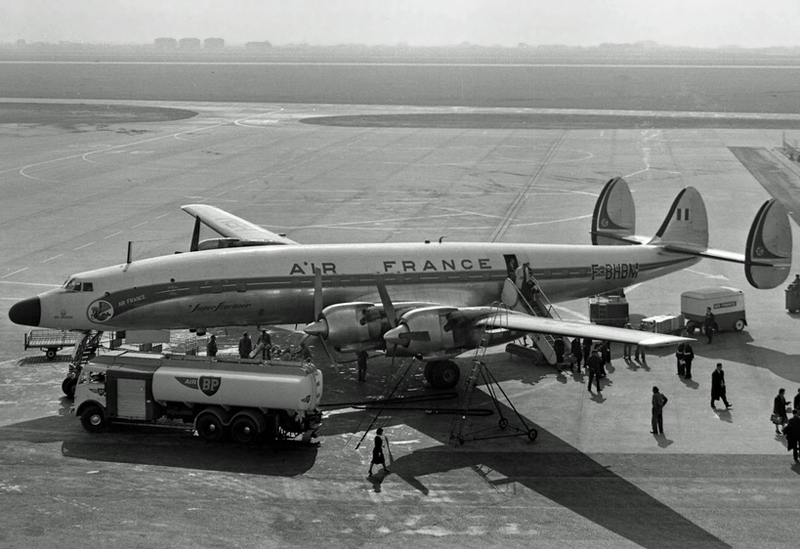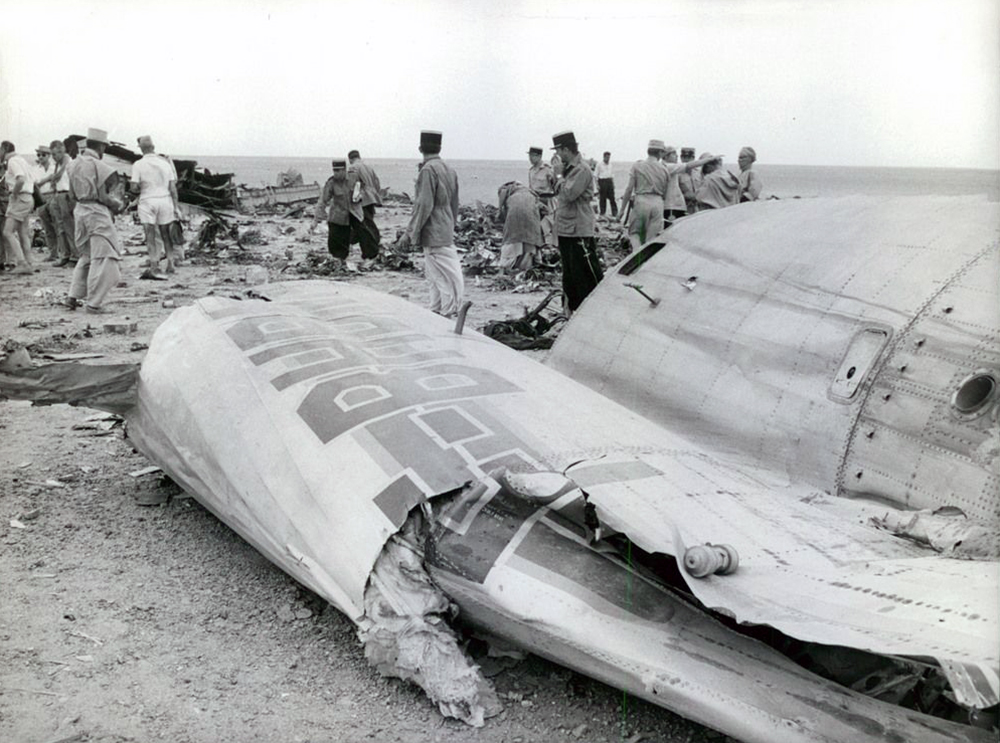Crash of a Douglas C-47A-25-DK in Sendafa: 5 killed
Date & Time:
Sep 5, 1961
Registration:
ET-T-16
Survivors:
Yes
Schedule:
Addis-Abeba – Asmara
MSN:
13305
YOM:
1944
Crew on board:
3
Crew fatalities:
Pax on board:
16
Pax fatalities:
Other fatalities:
Total fatalities:
5
Aircraft flight hours:
16278
Circumstances:
Few minutes after takeoff from Addis Ababa-Bole Airport, while climbing, the crew encountered problems with both propellers that were turning improperly. The captain decided to reduce his altitude and to attempt an emergency landing when the aircraft stalled and crashed in a prairie located in Sendafa, about 30 km northeast of Bole Airport. One pilot and four passengers were killed while 14 other occupants were injured. The aircraft was destroyed.













